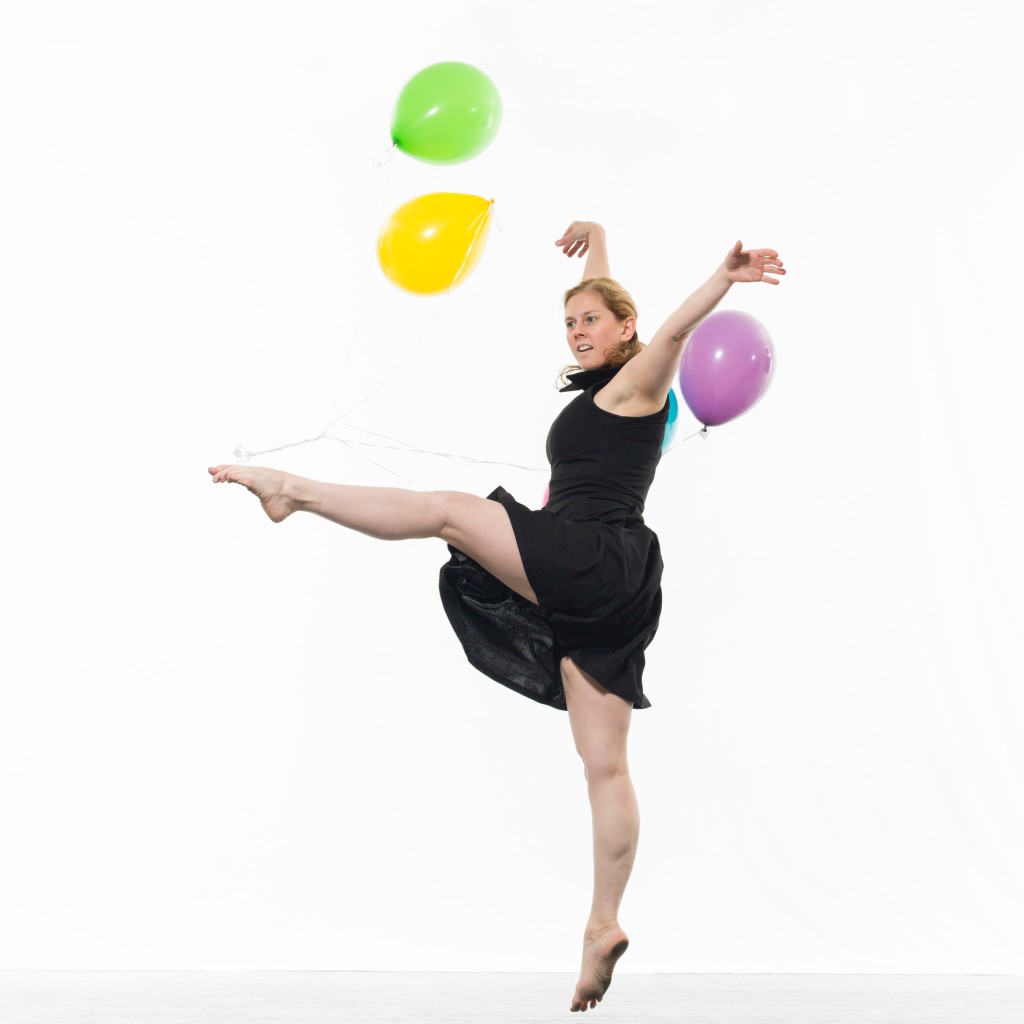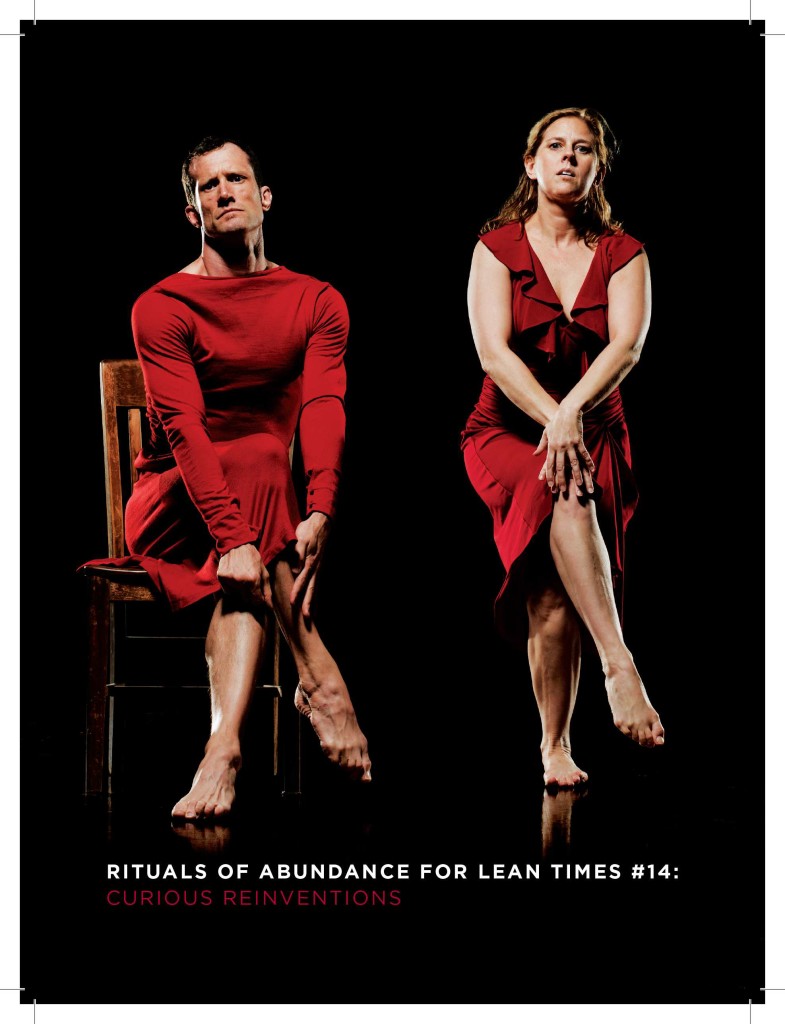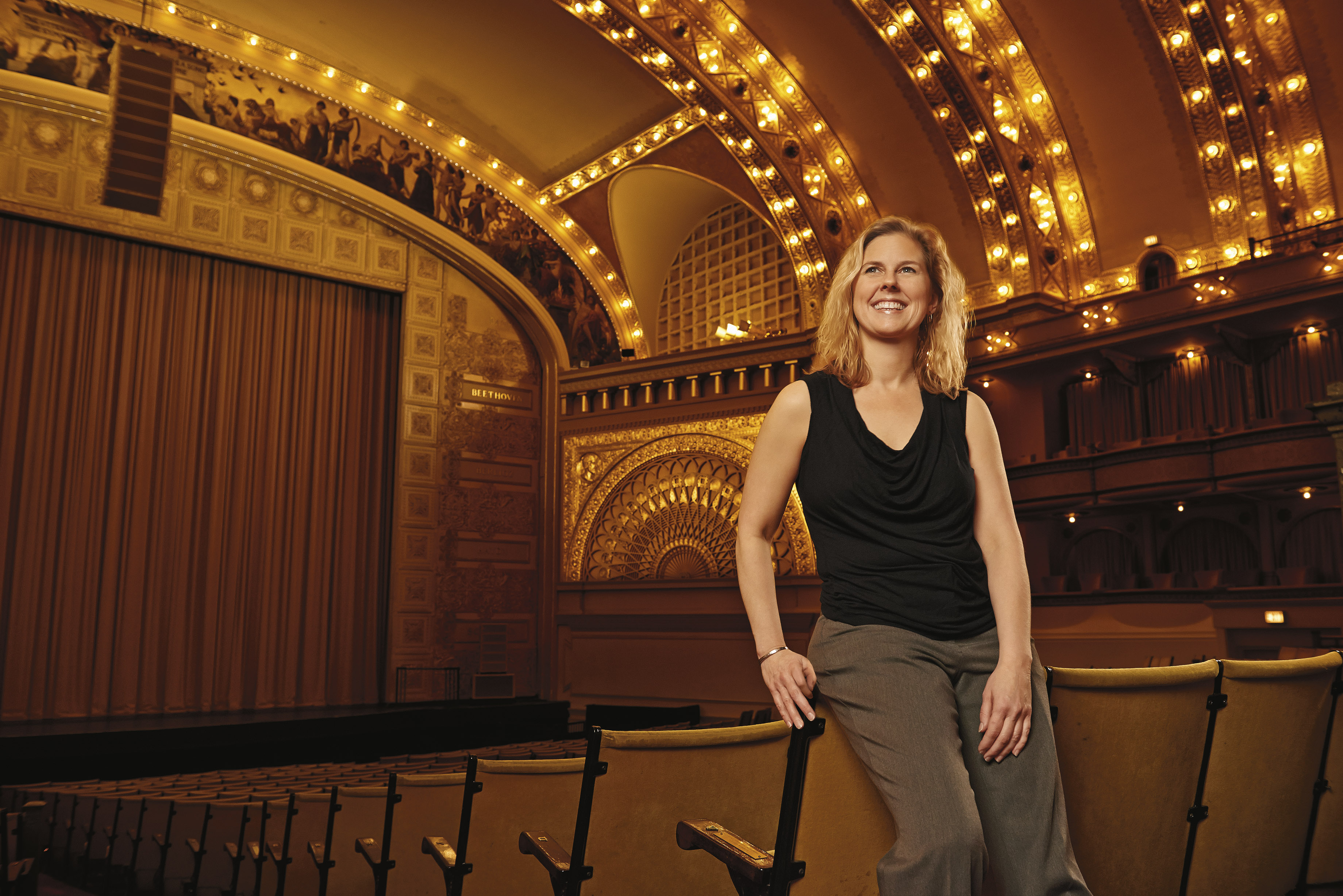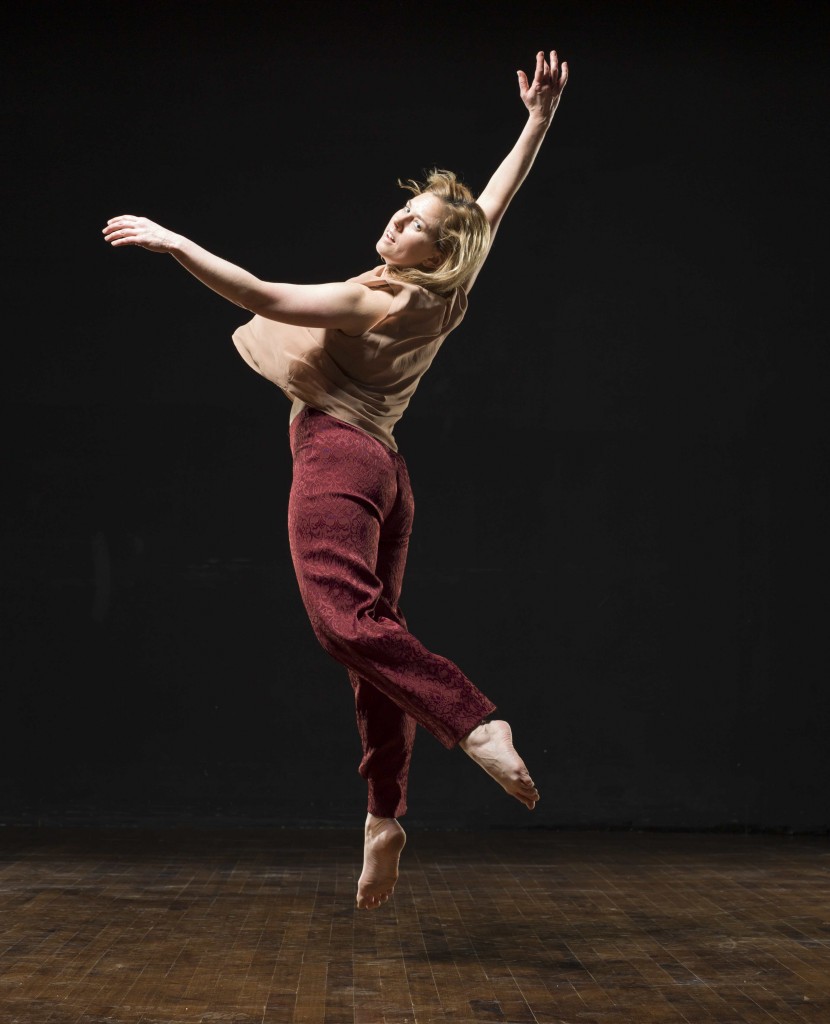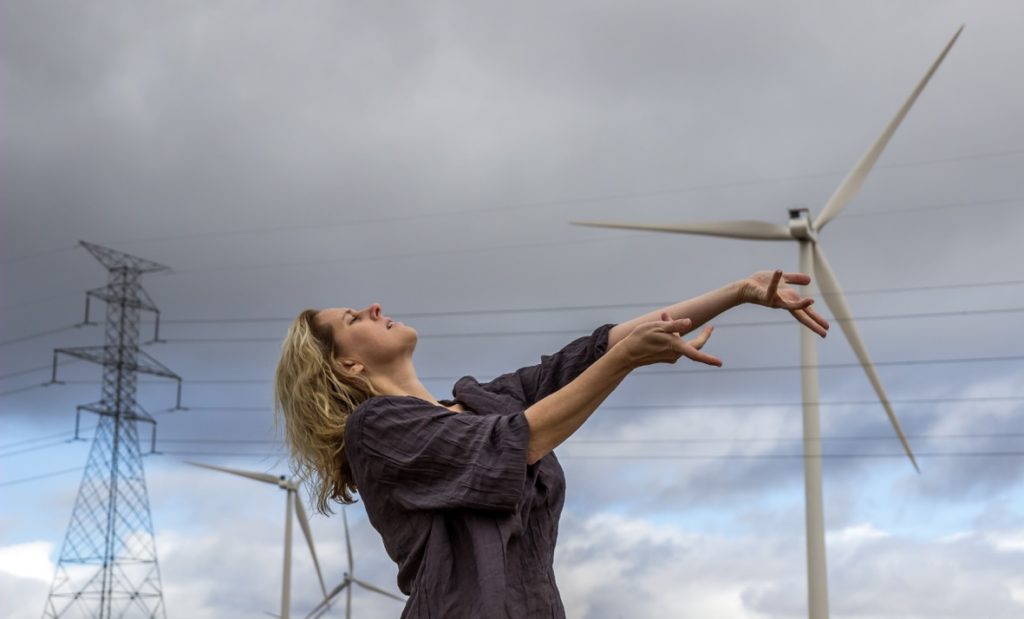
Finding just the right model for a dance company is important, and there is no one-size-fits-all solution for every company out there. Margi Cole has been at the helm of The Dance COLEctive, a Chicago-based dance company, for two decades–and recently decided to change the model she had been using to something that will allow her to expand her work, while shifting the format around a bit.
We sent Margi some questions about this change so readers can take a look at what she’s doing, and why. She has some interesting thoughts to share…
Would you summarize the recent announcement about your company, The Dance COLEctive for our readers?
Basically, The Dance COLEctive (TDC) is transitioning to a new model. After 20 years, we will no longer maintain and work with a company of dancers on a continuous basis but will “pick up” dancers as needed for specific projects. While this is not a new idea, it is a new way to work for me and for TDC.
To be clear, the organization is not folding and I am not quitting. TDC’s new model will enable me to expand my work in several different ways:
- Developing a solo-focused initiative: creating, commissioning and highlighting solo work
- Creating new works to perform under the TDC banner, with other companies or in collaboration with other artists
- Increasing national and international teaching and creative residencies
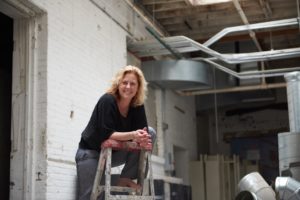
I guess the biggest question that comes to mind is, why is the shift happening now? After all this time, all these years, what was it that was going on under the surface that moved you in this direction at this particular time?
I am responding to changes in the field, the shifting economic and political climate and my own interests and needs as a mid-career artist and adapting to create sustainability for my organization. I want to shift my accountability from that of an organizational structure to the creative process, which was my basis for starting the company. Without an ongoing group of dancers, I’ll more time and space to be more fluid with the projects I am working toward completing.
Is this a “fluid” shift in focus? Meaning, will you decide as you go along how much time and focus each area will receive? Or do you have an idea of how you might like to structure your efforts moving forward?
My new focus means that I am looking in places for opportunities and resources. Right now, I am working toward immersing myself in the creative process, so I’m focusing my efforts on researching funding and residency opportunities and strategizing artistic collaborations and projects. My primary focus at the moment is the Solo Swap Project, which will provide me with more flexibility if something comes up and allow me more time for research and development.
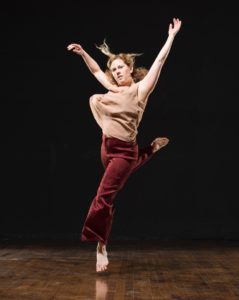
You have always valued mentoring. How do you see your role as a mentor evolving in this new format?
Yes, mentorship has turned into a central focus for me, and it continues to be important and valuable to my plans. First, I have formalized something that I have always done: How to make it work or at least give it a try. I have always talked with people informally about the field and sometimes offered advice, feedback and resources. Not only does formalizing these conversations add value to what I am doing, it is generating revenue for TDC. I also discovered that I need administrative support. I have engaged a former company member to help me with some tasks as a way for me to provide guidance through arts administration. I am seeking opportunities to mentor choreographers in the studio. Thodos Dance Chicago invited me back to participate as a mentor in its New Dances Project as a resource giving feedback during their rehearsal process. I expect that opportunities will continue to present themselves and evolve. Mentorship remains a key element of the organization and a core value for me as an artist.
Can you talk a bit about the idea behind the Solo Swap Project, and how that idea came to pass?
I have always been committed to my solo work. It has been a way for me to put my money where my mouth is in terms of my expectations of others and my own work as a director. I want to continue this work and make it more of a central focus. The Solo Swap provides a framework for collaborative development and aims to develop scaleable work while expanding, exploring and deepening the participants’ work as artists. In short, this idea embodies all the elements that seem practical in our shifting economic climate and gives the participants the opportunity to customize work while simultaneously challenging themselves. As it turns out, this will enable me to do all of the things I am interested in: be collaborative, portable, mobile, a dancer and a choreographer.
For you personally, what do you see as your biggest hope moving forward in this new format, and in these new endeavors?
To find a renewed sense of creativity and spirit, to work toward creating a more sustainable business model, to be a role model in terms of change and to support my ongoing curiosity about the field of dance inside and outside of the studio. I hope this will enable me to teach more, perform more, make more dances and be a more viable contributing artist to my own community and beyond.





